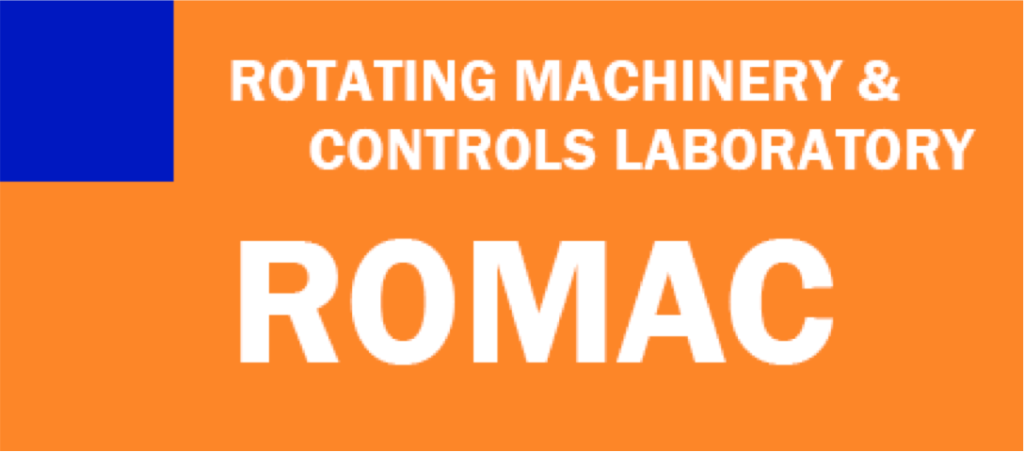Ventricular Assist Device
Recent work on the LifeFlow heart pump has been focused on optimizing overall performance by reevaluating the design of individual components. In particular, recent efforts have been put into verifying the magnetic performance of the heart pump using a finite element model. As a result of this analysis some important control parameters have been tweaked and the motor is being redesigned with a smaller footprint to achieve higher efficiency. In addition, as we move closer to a marketable product we are looking more closely at materials and the manufacturing techniques.



The LifeFlow’s current design has the capability of providing flow rates from 2 to 8 lpm over physiologic pressures, for rotational speeds of the impeller varying from 5,000 to 9,000 rpm. A plastic pump prototype of the LifeFlow has been constructed in order to assess the flow performance of the pump and to validate the CFD prediction of main flow parameters. The plastic pump prototype does not include magnetic system components, thus, the impeller is shaft-driven. A fluid test rig was constructed to facilitate flow measurements on the plastic prototype. Flow measurements demonstrated a very good agreement between the experimental data recorded for pressures and flow rates and the CFD estimations. A magnetic suspension test rig was constructed in order to test and validate current suspension system design. The magnetic suspension redesign and testing is currently underway. As soon as the experimental testing of both main components of the pump is concluded, the two will be combined and a magnetically levitated pump prototype will be build for in vivo testing.
Students: Arunvel Kailasan, Simon Mushi, Patrick Graydon, Brad Nichols
Research Professionals: Alex Untaroiu, Wei Jiang, Kim Wasson
Faculty: Paul Allaire, Houston Wood, Zongli Lin, John Knight
Collaborators: Curt Tribble, Kent Harmon,Charles Klodell, Charles Hobson, Stephen Evans (University of Florida-College of Medicine); Shashank Desai, Nelson Burton, Tonya Elliott, Lori Edwards (Inova Fairfax Hospital-Inova Heart and Vascular Institute)
